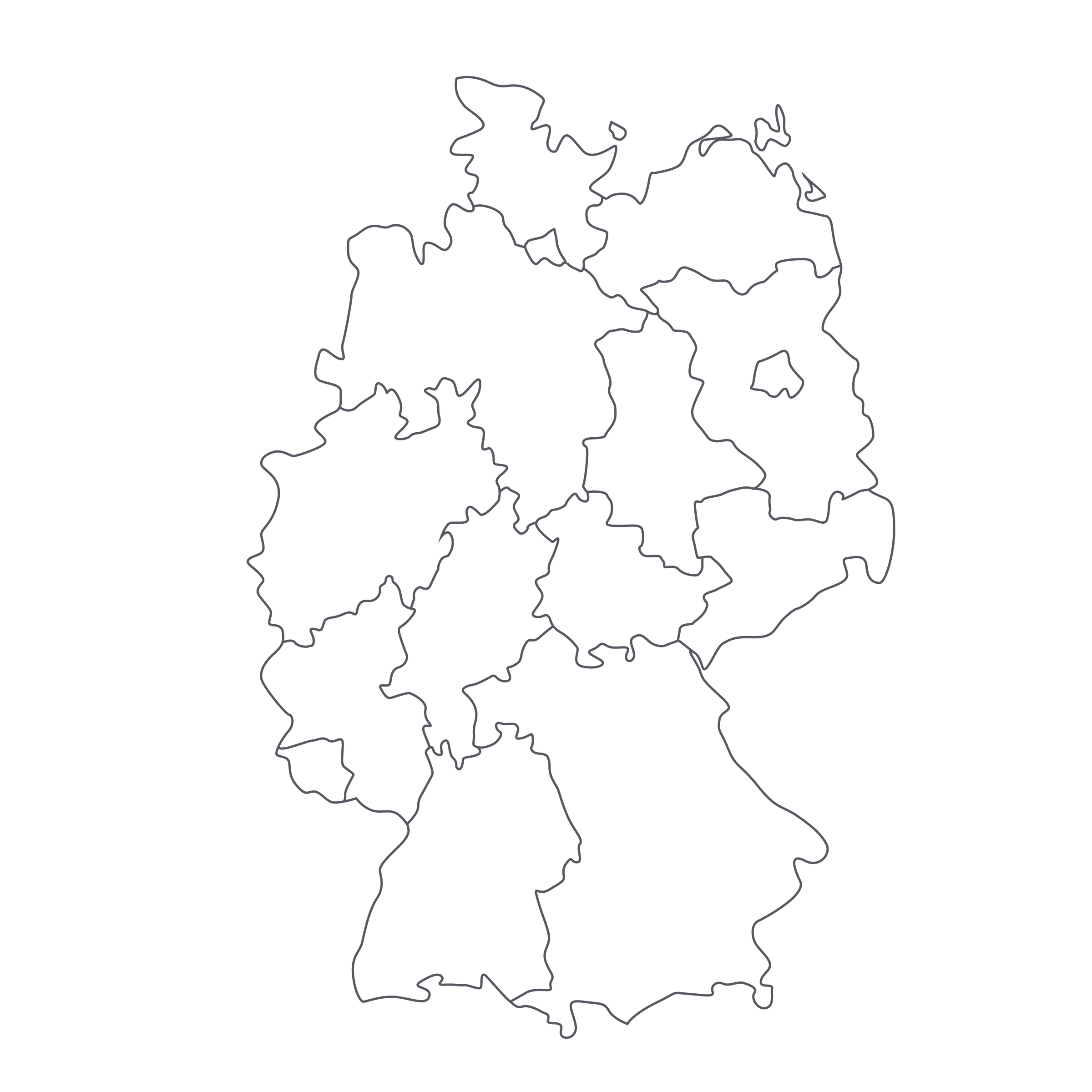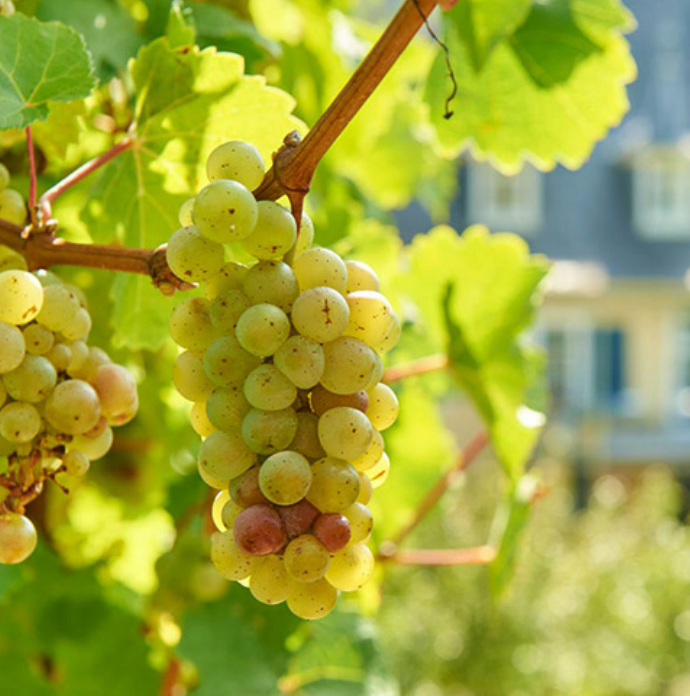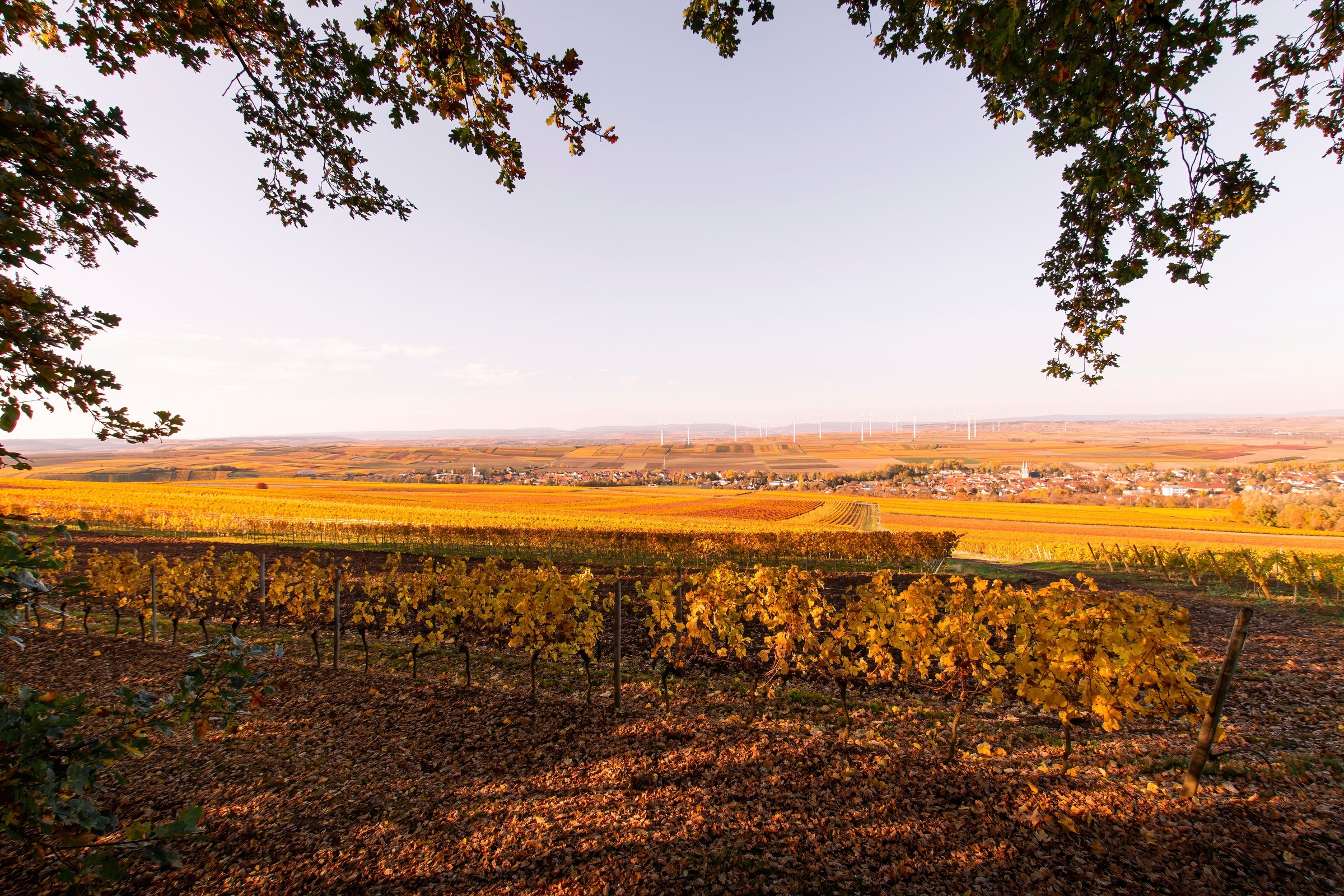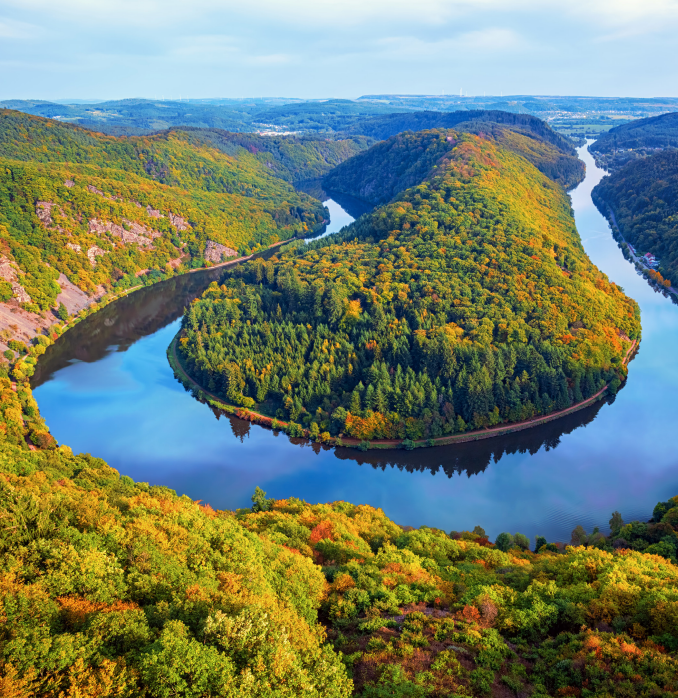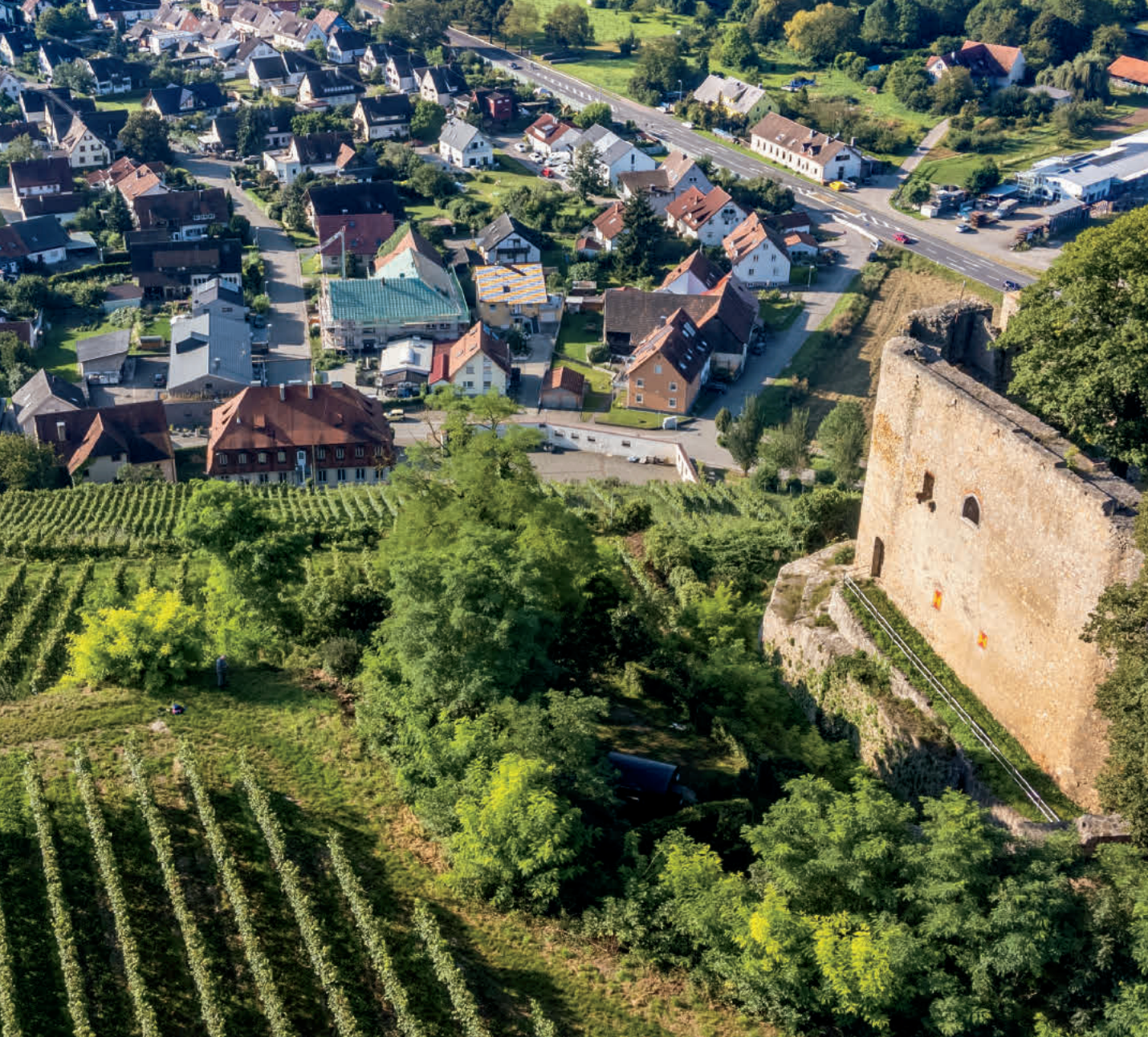There’s a colossal amount of intrigue to unpack in today’s parcel of antique Riesling, so let's begin with the most obvious specs: This is a 26-year-old, cellar-direct wine available for $29, and that alone should be enough to entice you. If not, then let’s factor in the iconic producer: The Anheusers have been farming the steep slopes of Germany’s Nahe for 14 consecutive generations, and each remarkable bottle we’ve discovered over the years has raised the price-to-quality benchmark for mature, off-dry Riesling. I assure you this doesn’t look or taste like a 26-year-old wine, but it delivers a substantially long and indelibly savory finish that can only come from perfect storage and extreme aging.
And if that still isn’t enough to grab your attention, consider the following “insider information,” which can only be learned if tapping the winemaker’s shoulder: Although listed as a “village” wine, today’s ’95 Kabinett comes entirely from “Felsenberg.” For those unaware, this is a Grosse Lage (i.e. German Grand Cru) vineyard made famous by legendary Dönnhoff. But it goes even deeper: Dönnhoff purchased their Felsenberg holdings from—you guessed it—the Anheuser family, meaning, today’s aged gem contains the same raw material as Dönnhoff’s current-release $75+ bottling. Bottom line, this is a fascinating one-time opportunity to secure one of the most affordable quarter-century-old wines on the planet. Quantities are extremely limited!
The Anheusers trace their ancestry in the village of Bad Kreuznach to the 1600s; many of their heirloom vineyards have been in their possession for generations. The family has been here so long, they’re considered the very first in the entire Nahe region to plant vineyards solely to Riesling. But despite their extensive track record, their operation remains a humble one, and is still entirely staffed by family. They have also built a fine reputation in the Nahe for stockpiling vintages in their cellar and not applying ridiculous markups, as today’s offer so clearly illustrates.
The hamlet of Schlossböckelheim was known as Böckelheim well over a millennium ago, but after the construction of a hilltop castle (“schloss” in German), the village name earned itself another attachment—and yet another syllable for we Americans to butcher. One of the famed Grosse Lage vineyards here is “Felsenberg,” and it’s a breathtaking slice of land with a small tower clinging to its steep precipice. The site sits at 11 hectares with steep gradients and southern exposure, and each vine is buried in a series of volcanic soil. All this equates to one thing: “Felsenberg” is an elite, and equally historic, Grand Cru site.
The Riesling grapes underwent a cool, long fermentation in Anheuser’s vaulted cellars in the fall of ’95 and subsequently aged in neutral, 2500-liter oak casks. After bottling, this small batch rested undisturbed until 2019 when each bottle was painstakingly re-corked. From here, the wine rested two more years until our purchase months ago.
This Kabinett (the earliest level of ripeness at harvest) contains 37 grams of sugar per liter, but again, this doesn’t come across as sweet due to 26 years of savory integration and Riesling’s naturally high acidity. It displays a pale yellow-gold in the glass with reflective silver-green hues and delivers surprising freshness alongside green mango peel, Key lime, tangerine, juicy white peach, honeysuckle, dank cellar, and button mushroom. Then, of course, the classic minerality that comes with mature German Riesling reveals itself with petrol, smoke, and crushed slate. Thanks to a quarter-century of age, high acid, supple fruit, and chiseled minerality, only a hint of those 37 grams of sugar are perceptible at the tip of your tongue. What’s most evident are the swells of savoriness that grace the mid-palate and finish. This is in a perfect drinking window, so when enjoying, do so around 45-50 degrees in all-purpose white stems and drink your remaining bottles by 2025. Cheers!
